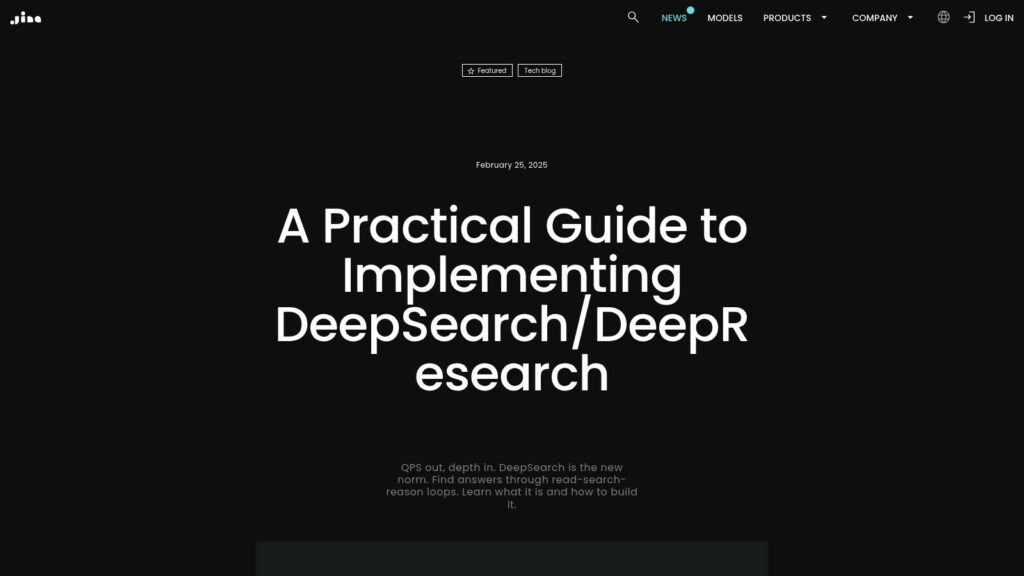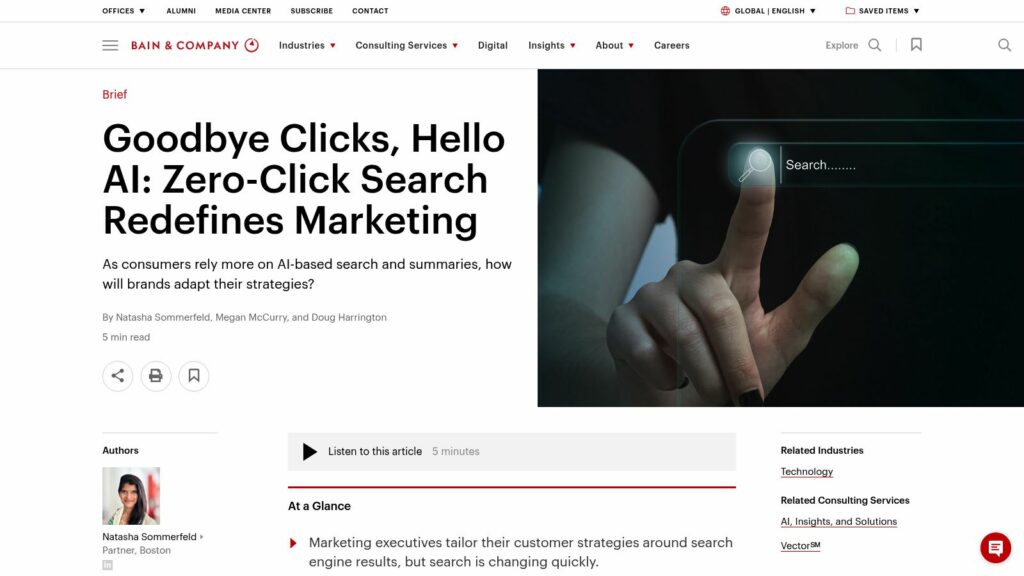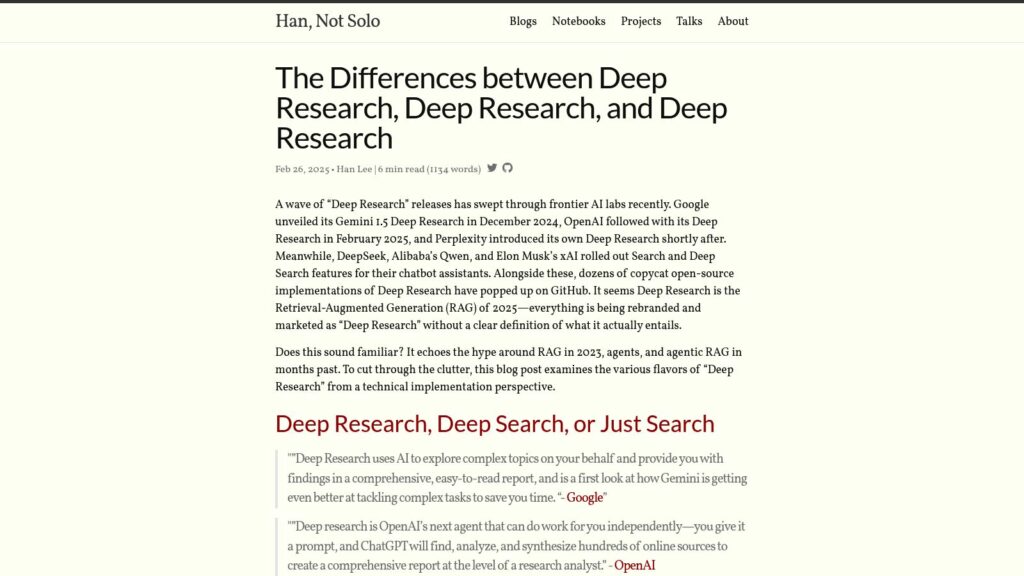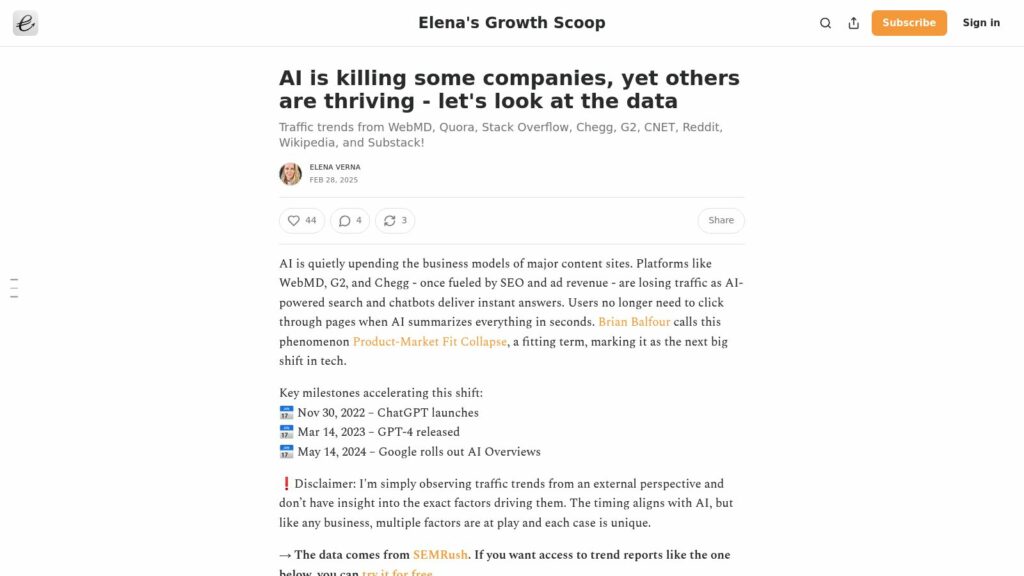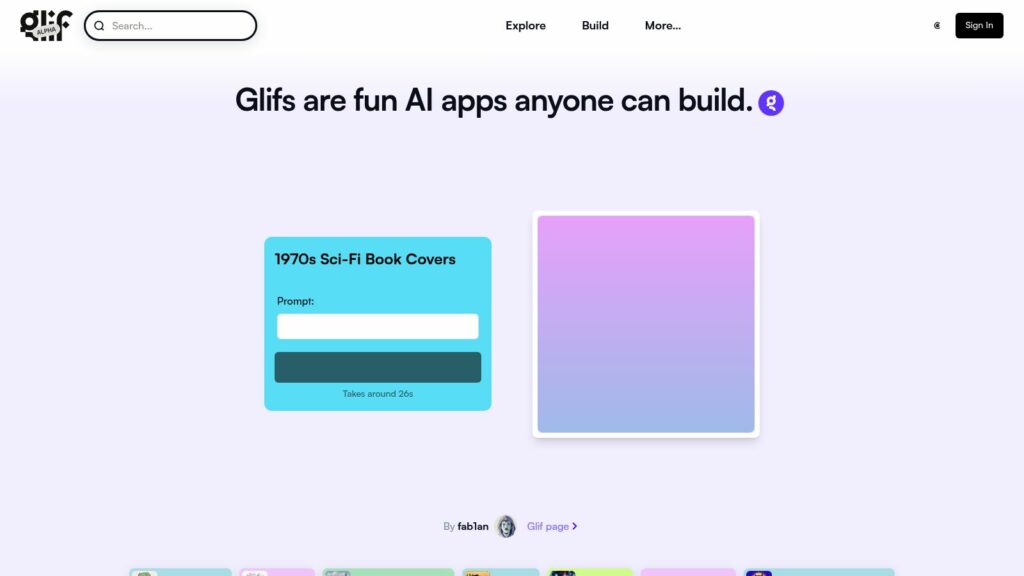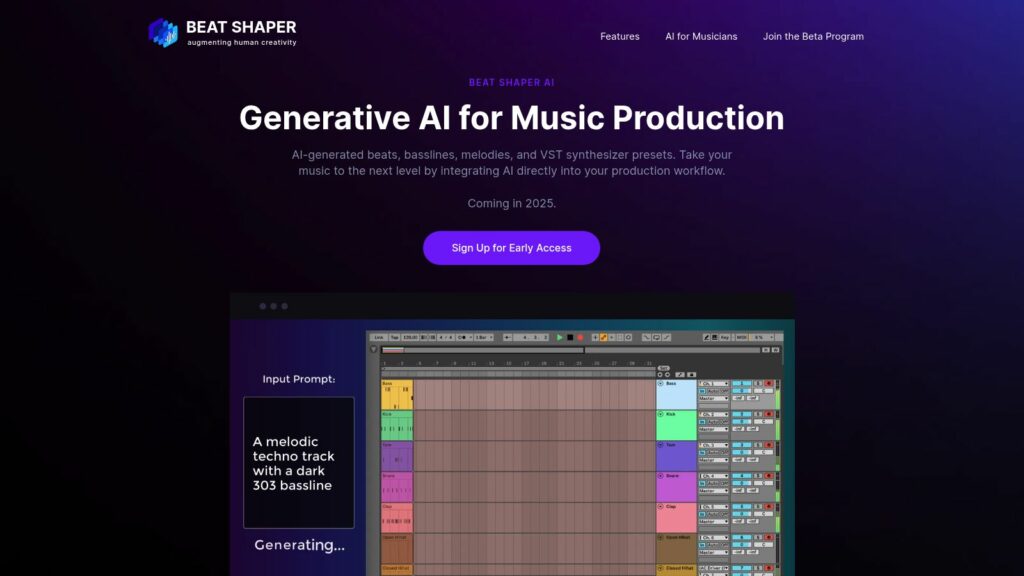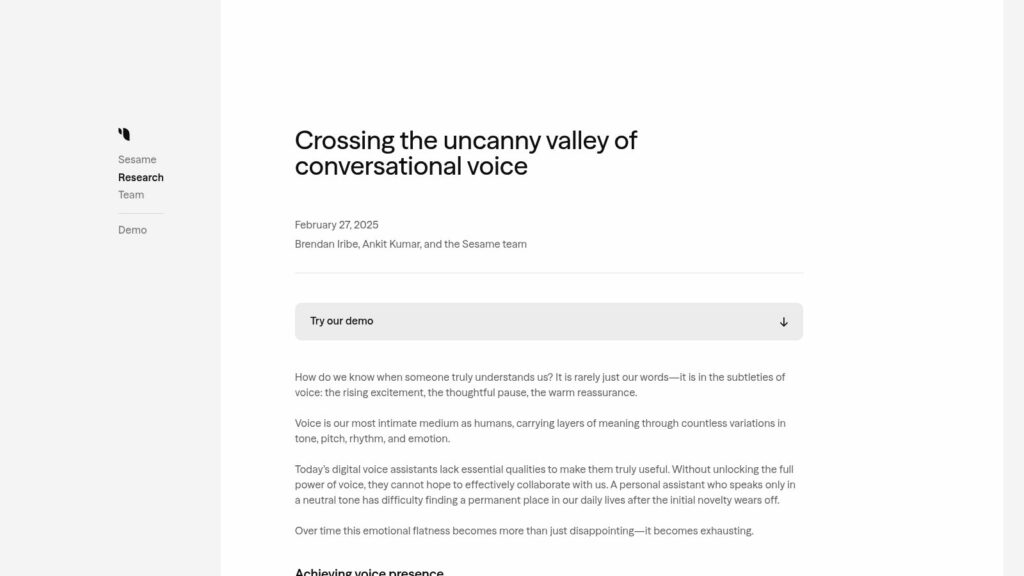A Practical Guide to Implementing DeepSearch/DeepResearch
DeepSearch has become the new search standard, enhancing traditional search with iterative reading and reasoning. Major tech platforms released their versions (like Google and OpenAI), shifting focus from speed to depth and accuracy. Users now accept longer processing times for better outputs, driven by concepts like test-time compute from OpenAI.
DeepSearch employs a loop of searching, reading, and reasoning to find optimal answers, diverging from conventional single-pass systems. DeepResearch builds on this by generating structured research reports, addressing different needs in content quality. Key components include memory management, query optimization, and evaluation techniques. The conclusion highlights the necessity of long-context LLMs and query expansion, emphasizing a balance between usability and complexity in these systems.
https://jina.ai/news/a-practical-guide-to-implementing-deepsearch-deepresearch/
